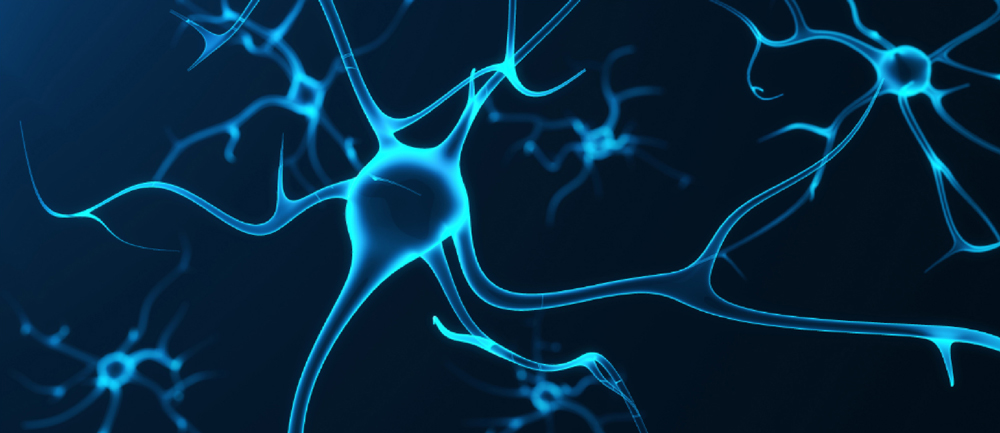Project
Differential embedding of hippocampal output neurons during memory-related oscillations
This project aims to study a potential microcircuit responsible for channeling hippocampal sharp-wave ripple events (SWRs, Buzsaki, 1989) via the subiculum into the cortical areas (Nitzan et al. 2020) for memory consolidation. To understand the functional role that a subtype of pyramidal cells within the CA1 play in memory consolidation, we will study the connectivity between area CA1 and the subiculum using a variety of optogenetic tools in vivo and in vitro. The main cellular subtype we will be focusing on are the Calbindin-containing superficial cells of the CA1. We will also study the propagation of SWRs on a network level using in vivo silicon probe recordings. Finally, we aim to understand the role of a potential microcircuit involving Calbindin-containing superficial CA1 cells and the subiculum in memory-related behaviors in animals.
Team
-

Prof Dr Dietmar Schmitz
Charité-Universitätsmedizin Berlin
Head Schmitz Lab
-
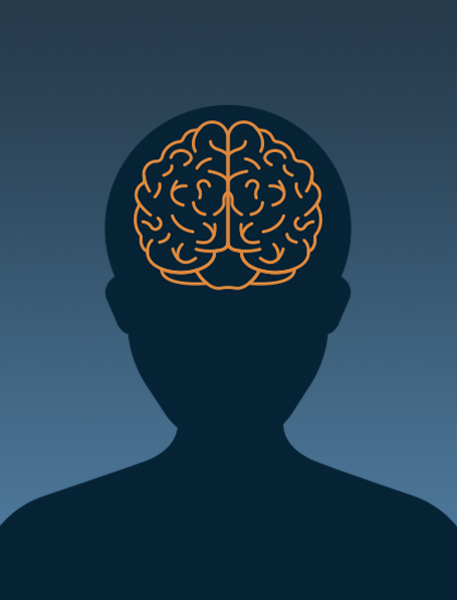
Dr rer nat Arend Vogt
Charité – Universitätsmedizin Berlin
A02 Postdoc
-
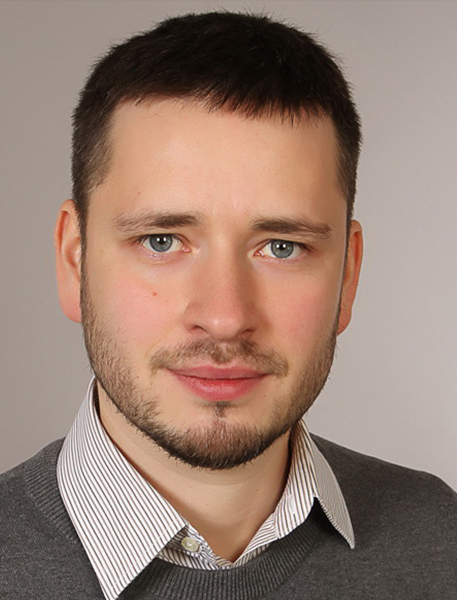
Dr Anton Dvorzhak
Charité-Universitätsmedizin Berlin
A02 Associate Postdoc
-
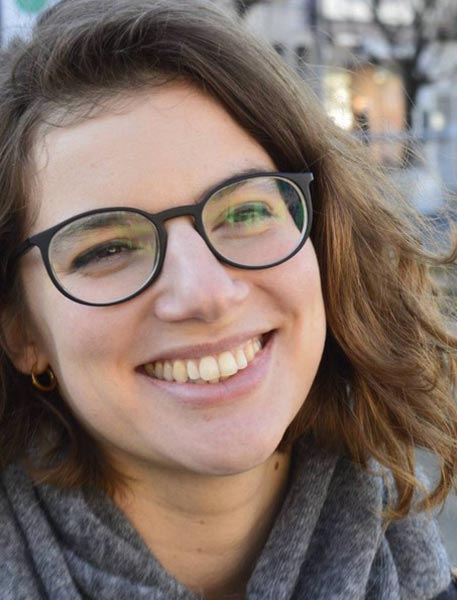
Dr Marta Orlando
Charité-Universitätsmedizin Berlin
A01/A02 Associate Postdoc
-
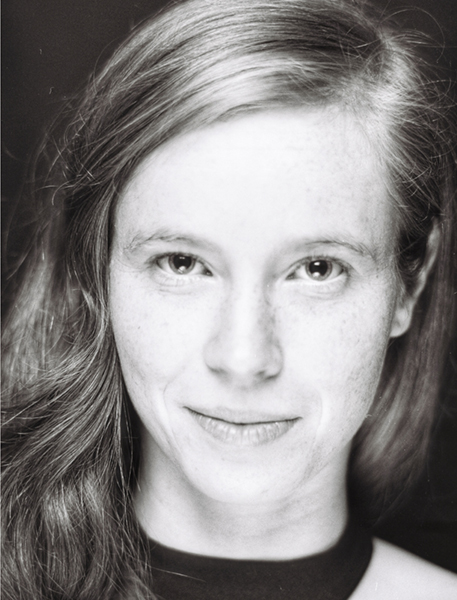
Anne Voigt
Charité-Universitätsmedizin Berlin
A02 PhD
-
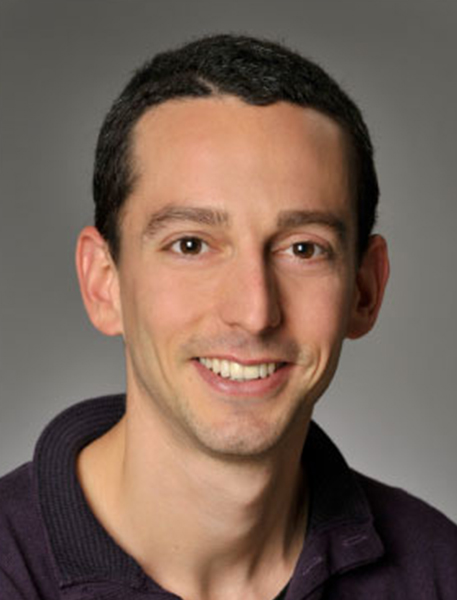
Dr Noam Nitzan
Buzsaki lab
A02 Alumnus
Publications
Efficient generation of a self-organizing neuromuscular junction model from human pluripotent stem cells
Alessia Urzi, Ines Lahmann, Lan Vi N. Nguyen, Benjamin R. Rost, Angélica García-Pérez, Noemie Lelievre, Megan E. Merritt-Garza, Han C. Phan, Gary J. Bassell, Wilfried Rossoll, Sebastian Diecke, Severine Kunz, Dietmar Schmitz & Mina Gouti
Nat Commun. 14(1):8043 (2023)
Synthetic surprise as the foundation of the psychedelic experience
Roberto De Filippo, Dietmar Schmitz
Neurosci Biobehav Rev. 157:105538 (2024)
Play and tickling responses map to the lateral columns of the rat periaqueductal gray
Natalie Gloveli, Jean Simonnet, Wei Tang, Miguel Concha-Miranda, Eduard Maier, Anton Dvorzhak, Dietmar Schmitz and Michael Brecht
Neuron. 111, 1–12 (2023)
A bistable inhibitory OptoGPCR for multiplexed optogenetic control of neural circuits
Jonas Wietek, Adrianna Nozownik, Mauro Pulin, Inbar Saraf-Sinik, Noa Matosevich, Daniela Malan, Bobbie J. Brown, Julien Dine, Rivka Levy, Anna Litvin, Noa Regev, Suraj Subramaniam, Eyal Bitton, Asaf Benjamin, Bryan A. Copits, Philipp Sasse, Benjamin R. Rost, Dietmar Schmitz, Peter Soba, Yuval Nir, J. Simon Wiegert and Ofer Yizhar
Nat Methods (2024)
Differential ripple propagation along the hippocampal longitudinal axis
Roberto De Filippo, Dietmar Schmitz
eLife. 12:e85488 (2023)
Calcium-permeable channelrhodopsins for the photocontrol of calcium signalling
Rodrigo G. Fernandez Lahore, Niccolò P. Pampaloni, Enrico Peter, M.-Marcel Heim, Linda Tillert, Johannes Vierock, Johannes Oppermann, Jakob Walther, Dietmar Schmitz, David Owald, Andrew J. R. Plested, Benjamin R. Rost, Peter Hegemann
Nat Commun. 13:7844 (2022)
Microcircuits for spatial coding in the medial entorhinal cortex
John J Tukker, Prateep Beed, Michael Brecht, Richard Kempter, Edvard I Moser, and Dietmar Schmitz
Physiol Rev. 102:653–688 (2022)
Recruitment of release sites underlies chemical presynaptic potentiation at hippocampal mossy fiber boutons
Marta Orlando, Anton Dvorzhak, Felicitas Bruentgens, Marta Maglione, Benjamin R. Rost, Stephan J. Sigrist, Jörg Breustedt, Dietmar Schmitz
PLoS Biol. 19(6):e3001149 (2021)
A CRISPR-Cas9–engineered mouse model for GPI-anchor deficiency mirrors human phenotypes and exhibits hippocampal synaptic dysfunctions
Miguel Rodríguez de los Santos, Marion Rivalan, Friederike S. David, Alexander Stumpf, Julika Pitsch, Despina Tsortouktzidis, Laura Moreno Velasquez, Anne Voigt, Karl Schilling, Daniele Mattei, Melissa Long, Guido Vogt, Alexej Knaus, Björn Fischer-Zirnsak, Lars Wittler, Bernd Timmermann, Peter N. Robinson, Denise Horn, Stefan Mundlos, Uwe Kornak, Albert J. Becker, Dietmar Schmitz, York Winter and Peter M. Krawitz
Proc Natl Acad Sci USA. 118(2):e2014481118 (2021)
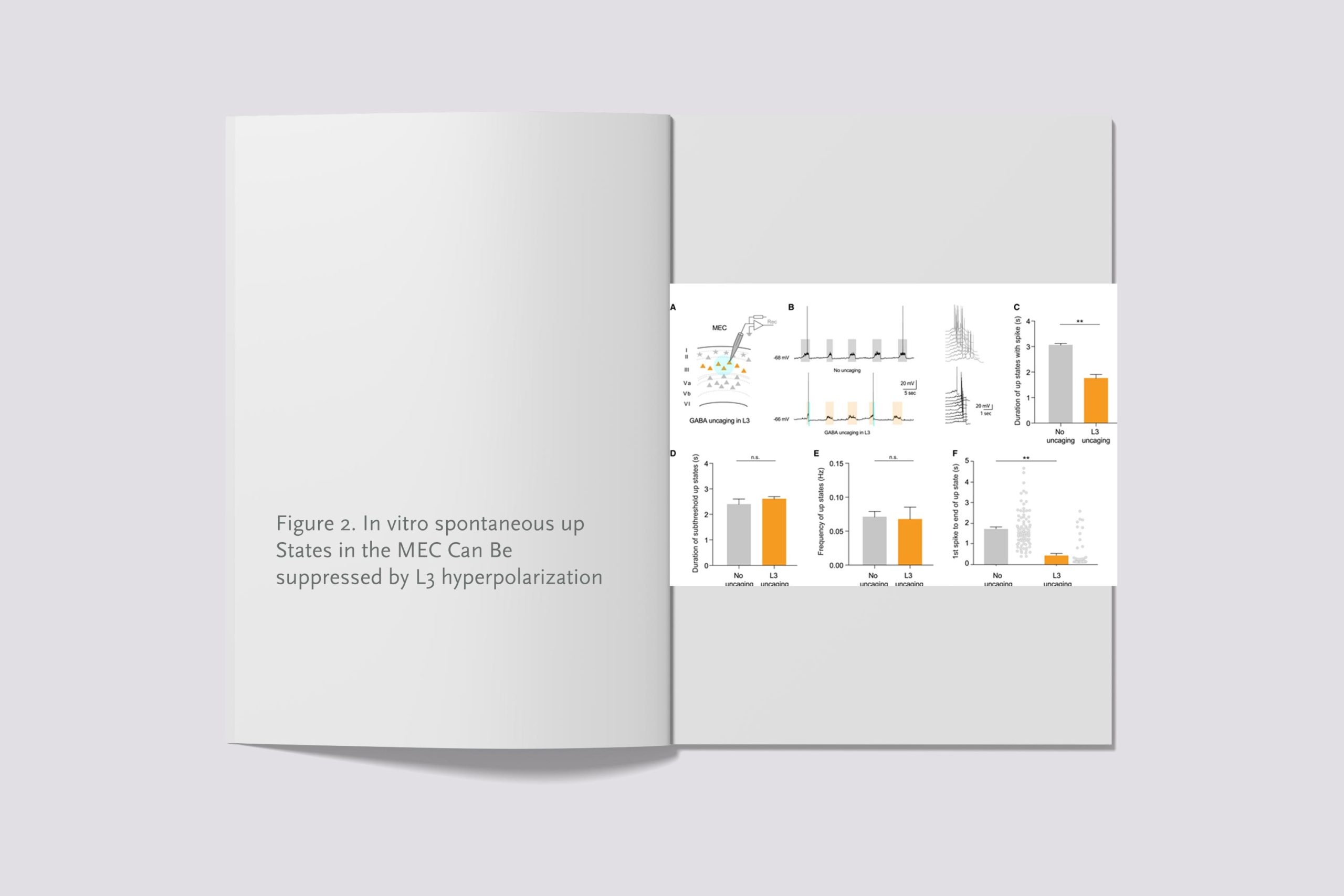
Layer 3 pyramidal cells in the medial entorhinal cortex orchestrate up-down states and entrain the deep layers differentially
Prateep Beed, Roberto de Filippo, Constance Holman, Friedrich W. Johenning, Christian Leibold, Antonio Caputi, Hannah Monyer, Dietmar Schmitz
Cell Reports. 33(10):108470 (2020)
Movement disorders after hypoxic brain injury following cardiac arrest in adults
F. Scheibe, W. J. Neumann, C. Lange, M. Scheel, C. Furth, M. Köhnlein, P. Mergenthaler, J. Schultze‐Amberger, P. Triebkorn, P. Ritter, A. A. Kühn, A. Meisel
Eur J Neurol. 27(10):1937-194 (2020)

Propagation of hippocampal ripples to the neocortex by way of a subiculum-retrosplenial pathway
Noam Nitzan, Sam McKenzie, Prateep Beed, Daniel Fine English, Silvia Oldani, John J Tukker, György Buzsáki and Dietmar Schmitz
Nat Commun. 11(1):1947 (2020)


